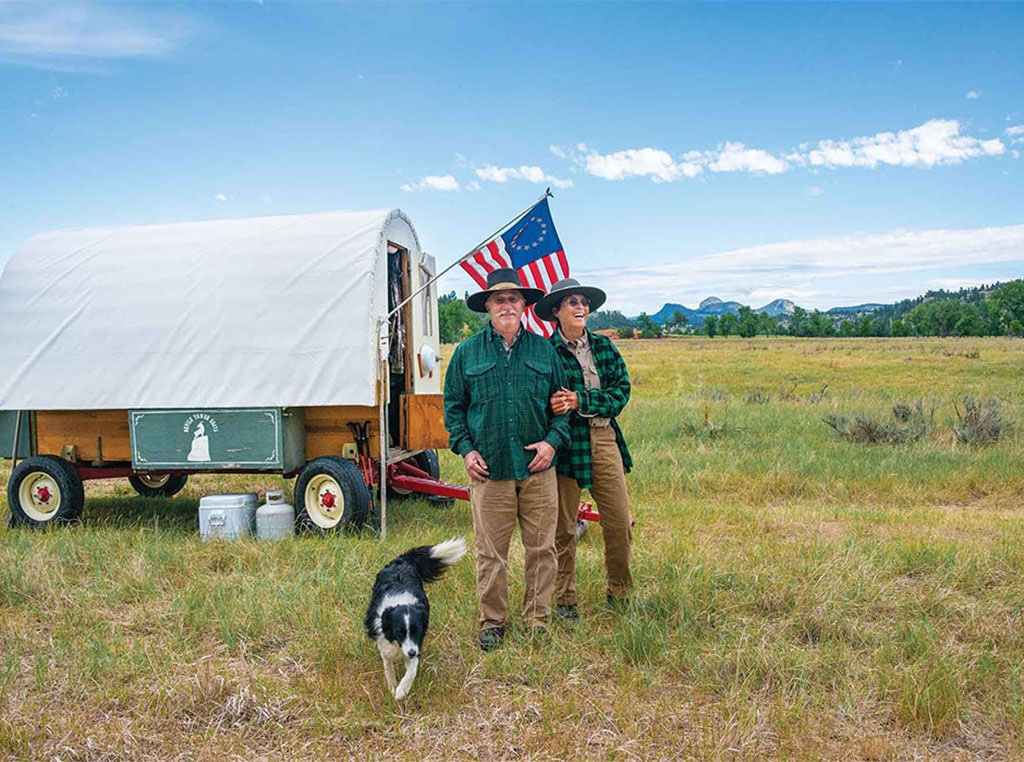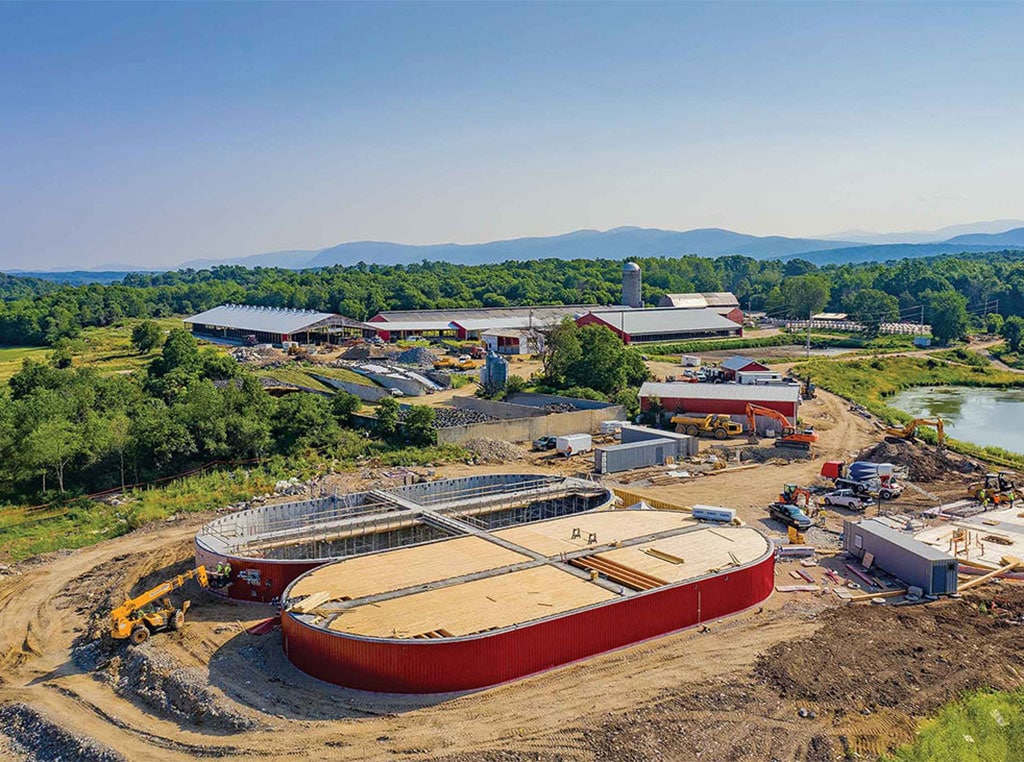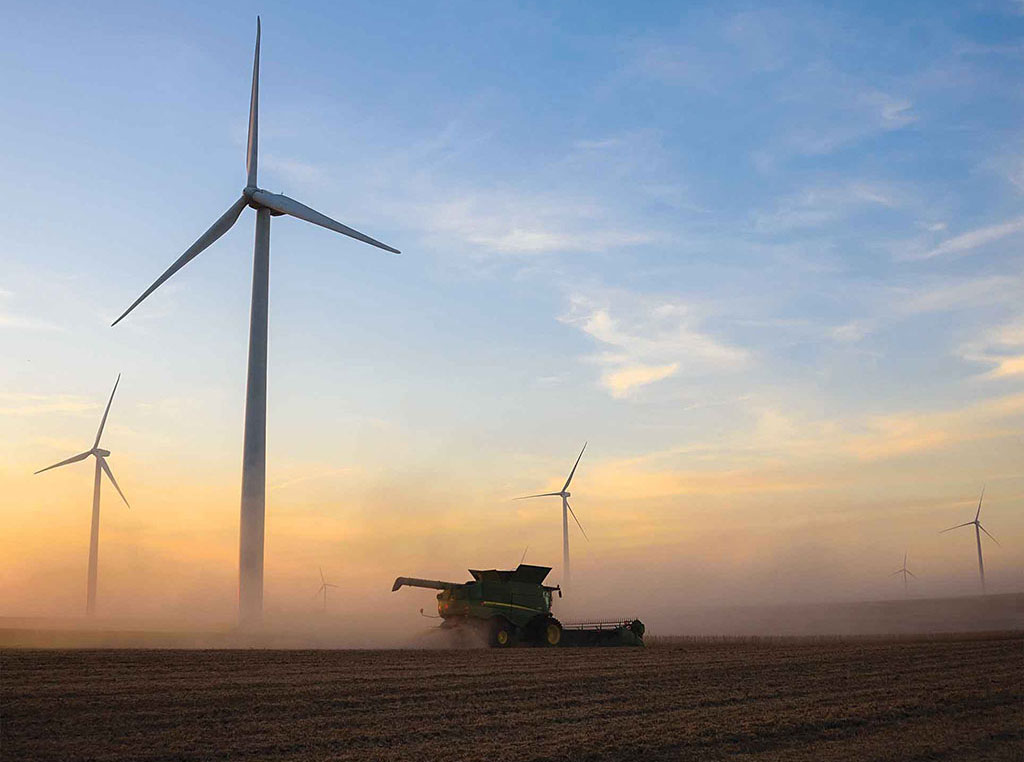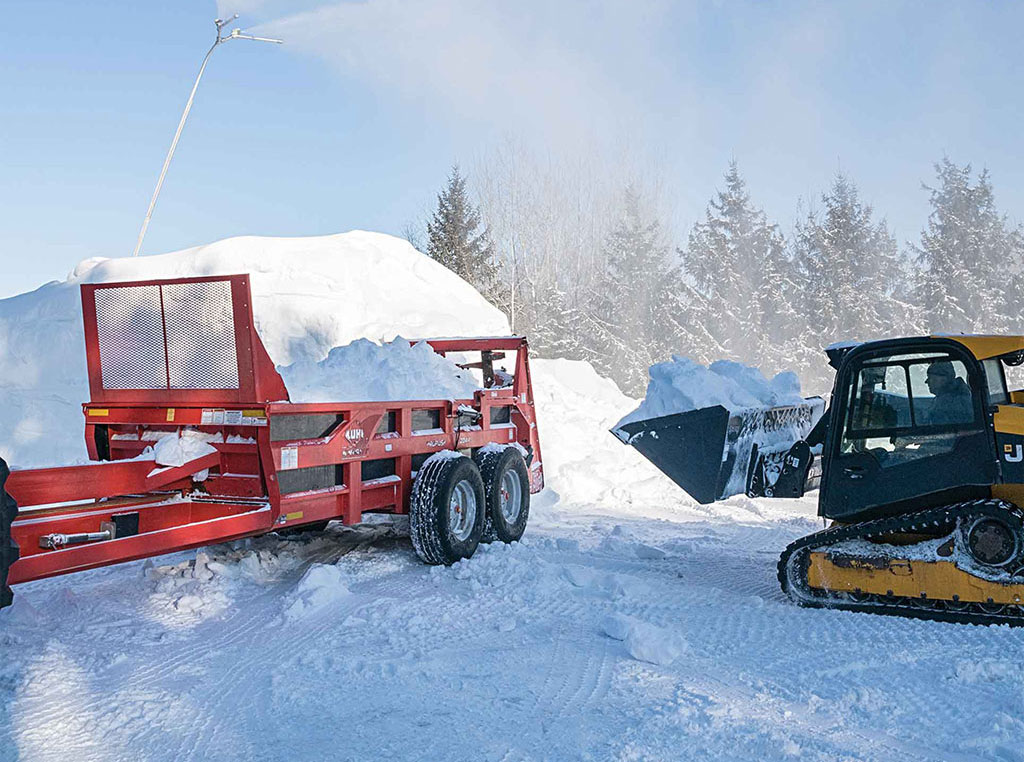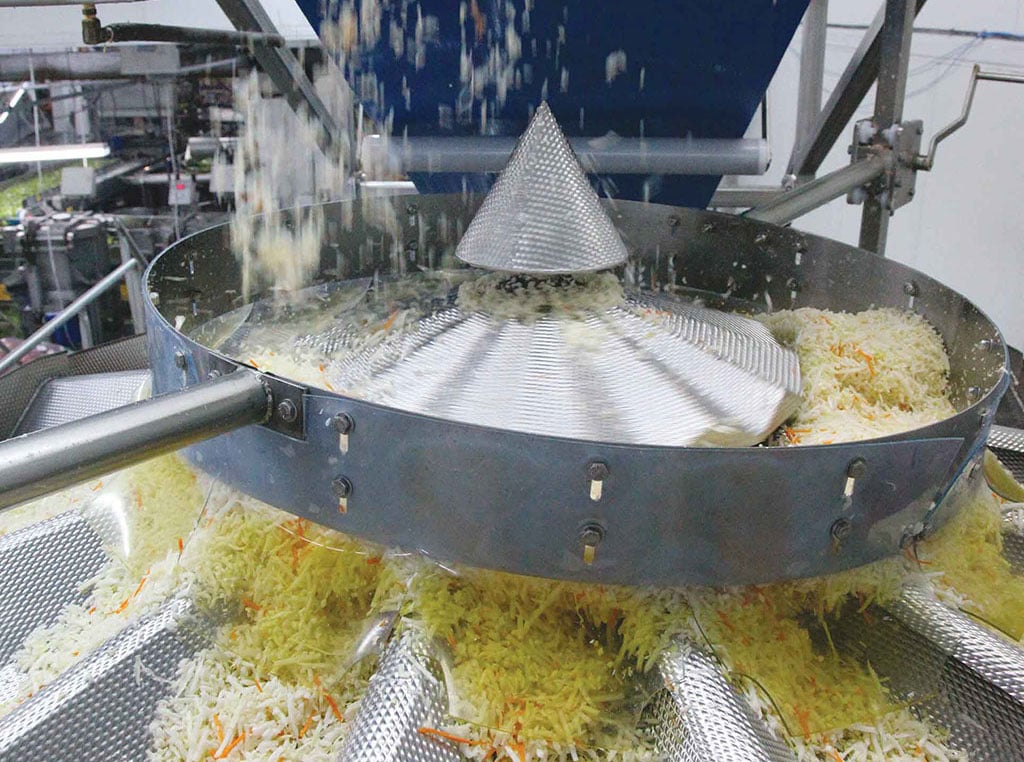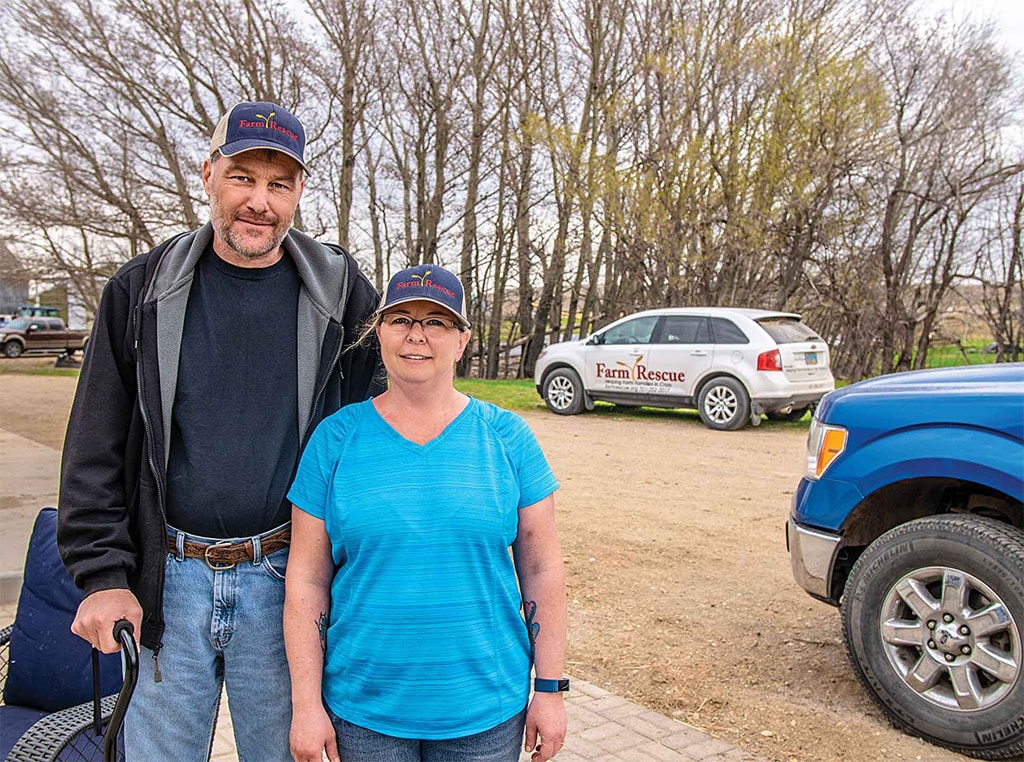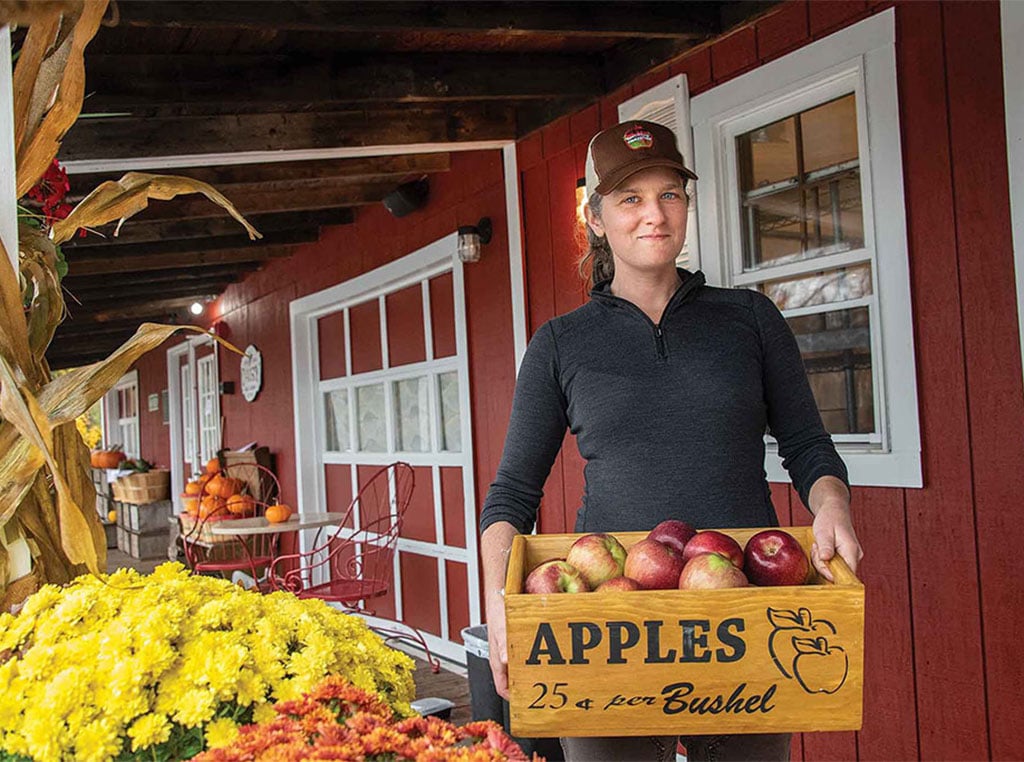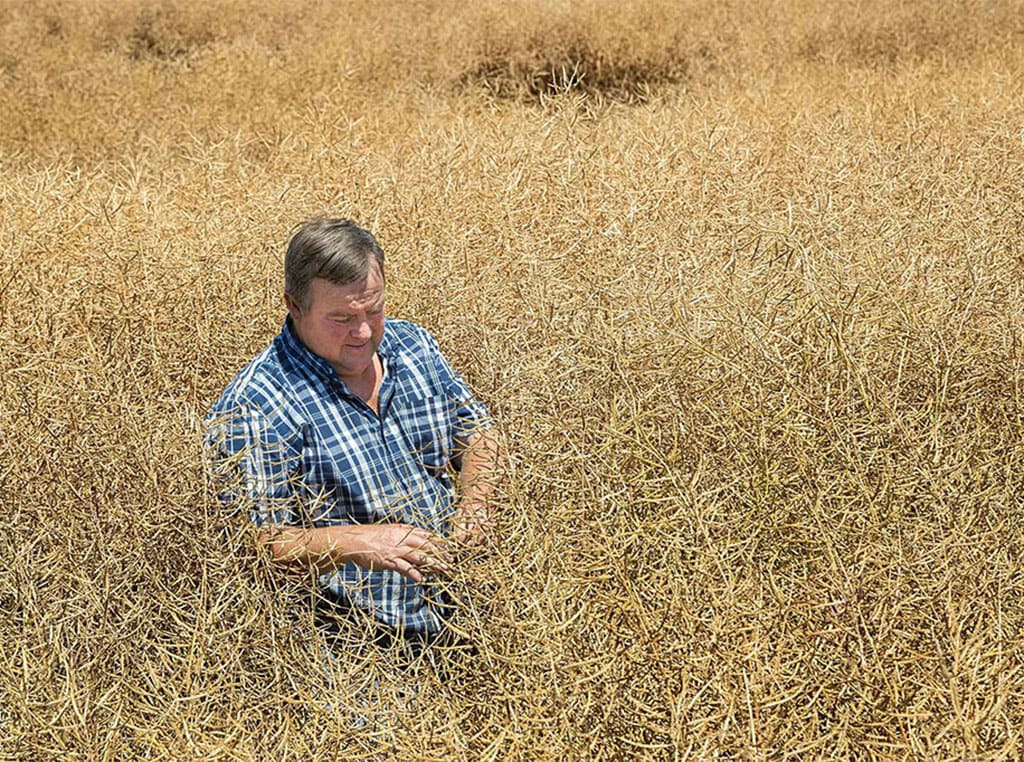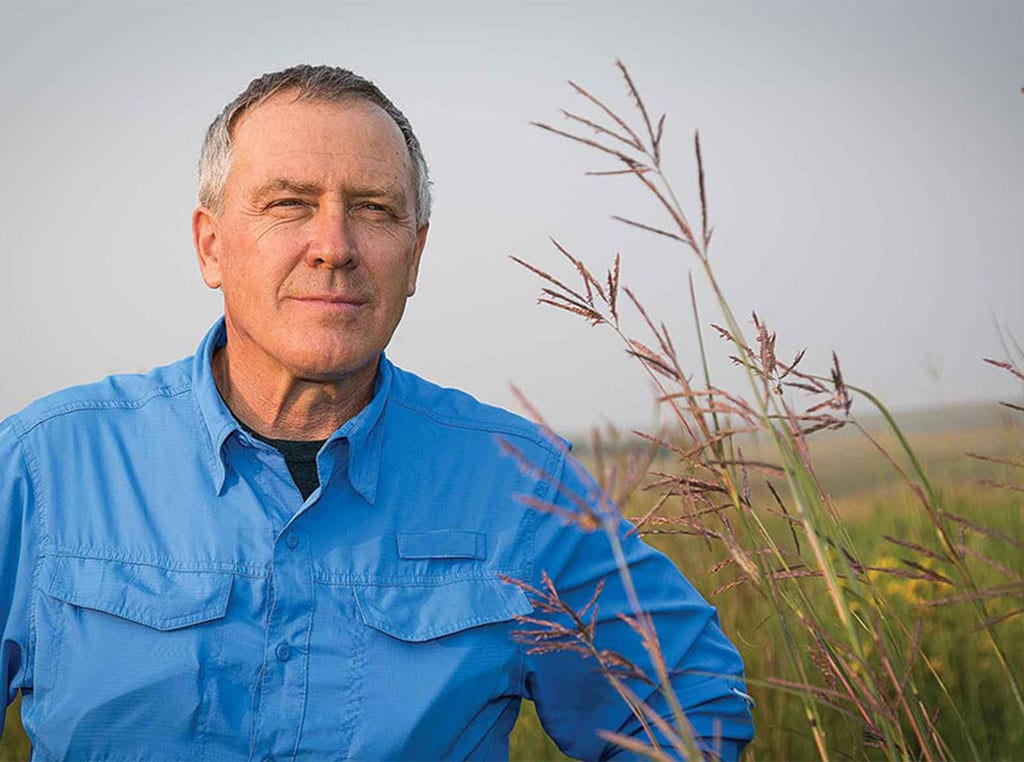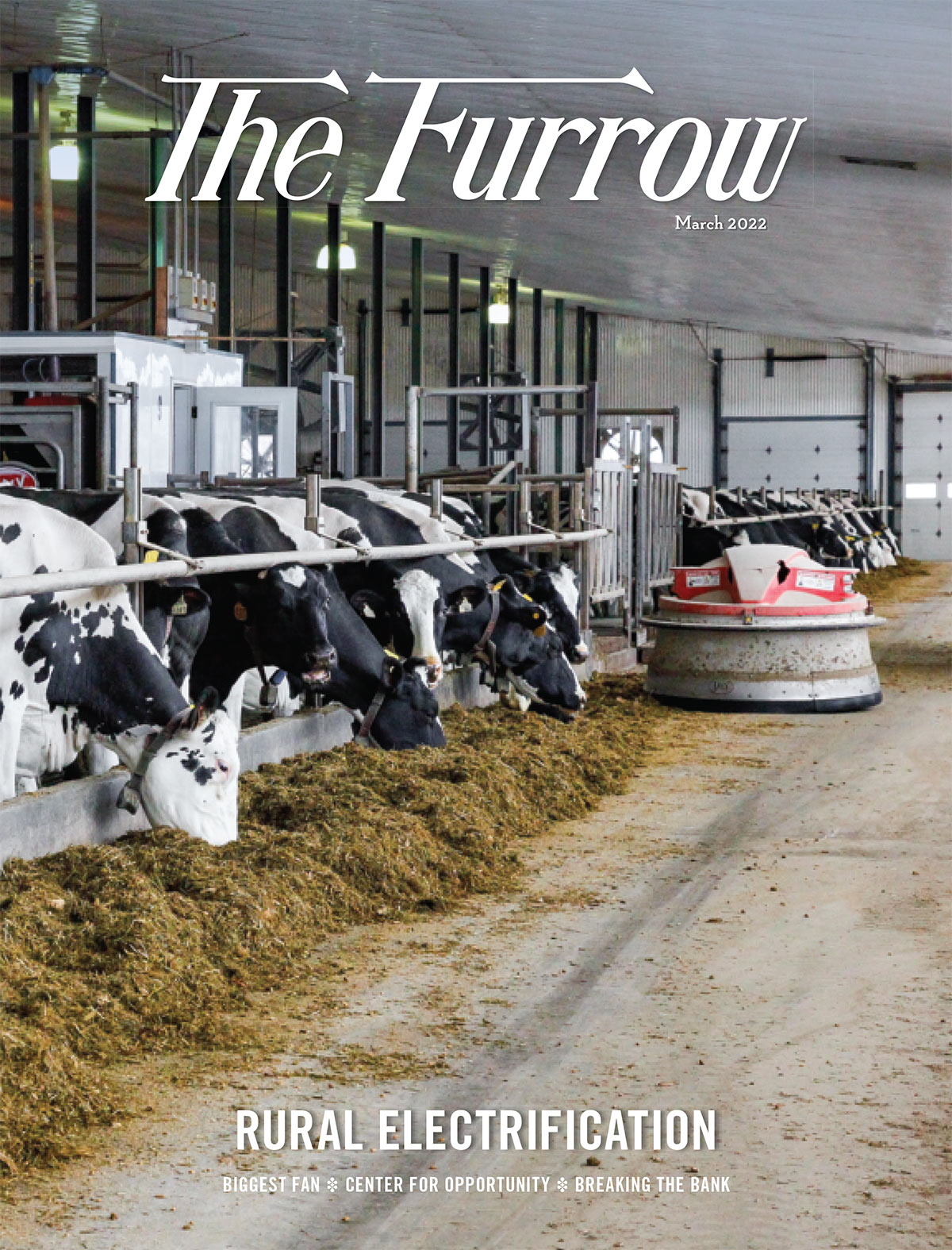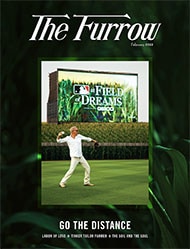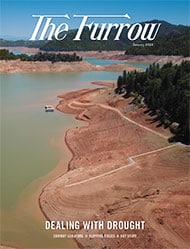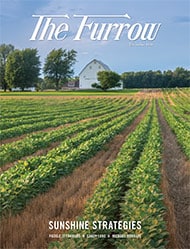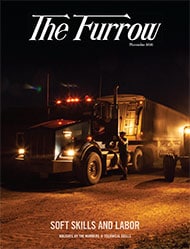Agriculture, Sustainability, Education
Bullish on Soil Health
By Larry Reichenberger
Regenerative farmers are learning that healthy soil is a gift that just keeps on giving. Lower input costs, increased water infiltration, less soil erosion and cheaper livestock feed top those benefits—and now the nation’s leading supplier of Angus bulls has found that improving soil health also improves animal health.
Little is left to chance at Jorgensen Land and Cattle in Ideal, South Dakota. Partners Bryan, Greg, Cody and Nick Jorgensen know the real value their soil health-oriented system of no-till, cover cropping and crop rotation provides because they’ve measured it. They also know the nearly 4,000 bulls they sell or lease are healthier in that system because they’ve measured that as well.
“Most of our bulls are leased, and as they come back to us in the fall we either put them in the feedlot or out to graze, primarily on winter wheat fields planted to cover crops,” explains Nick. “In 2019, we compared the semen test results for 24-month old bulls in both situations and found the cull rate was 4% lower for those grazing covers. There were 1,356 bulls involved, so in a whole herd scenario we’d cull 56 fewer bulls and have that many more available for our market.”
Cody explains that the major reason bulls are culled is because of injury. “We’ve noticed that they’re less competitive—they fight less—when grazing the covers and there’s also fewer foot and leg problems.”
Lower feed cost. The Jorgensens also have the numbers on how their soil health-based system reduces feeding costs. In 2017, two studies were conducted that compared bulls in the feedlot to those grazing a combination of multi-species cover crops along with lesser amounts of alfalfa, winter wheat and native grass.
